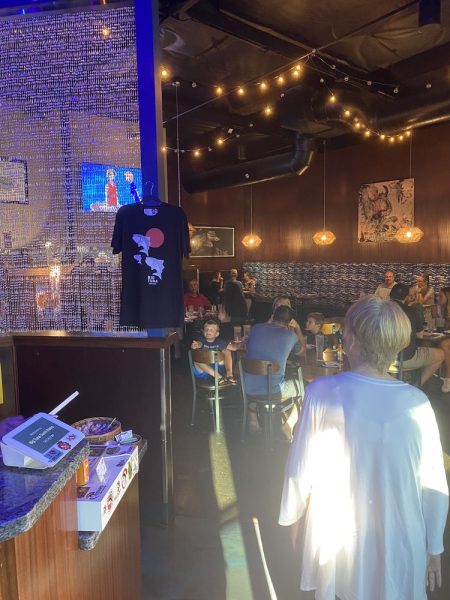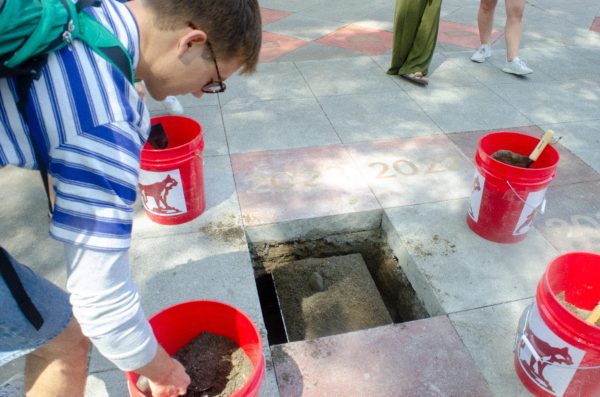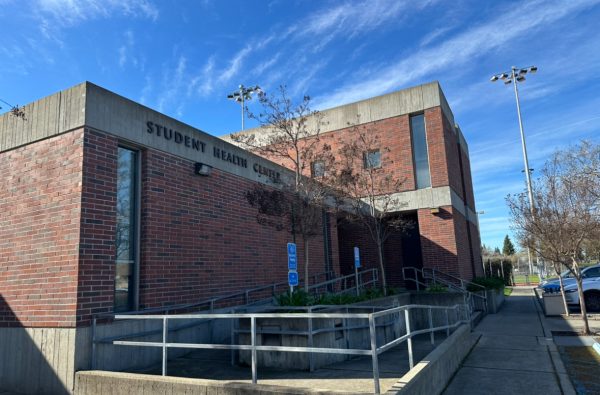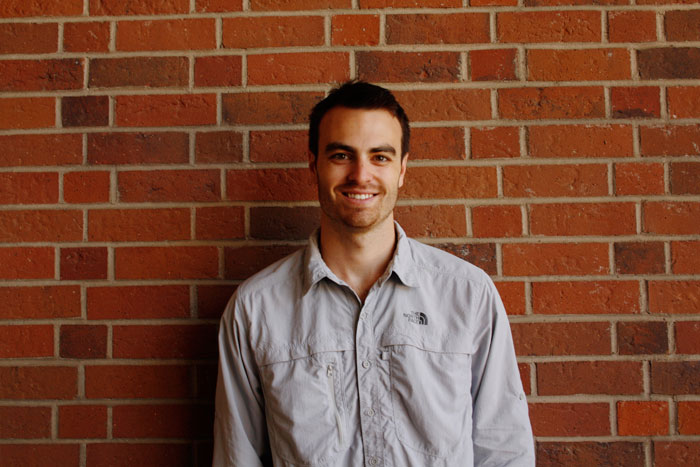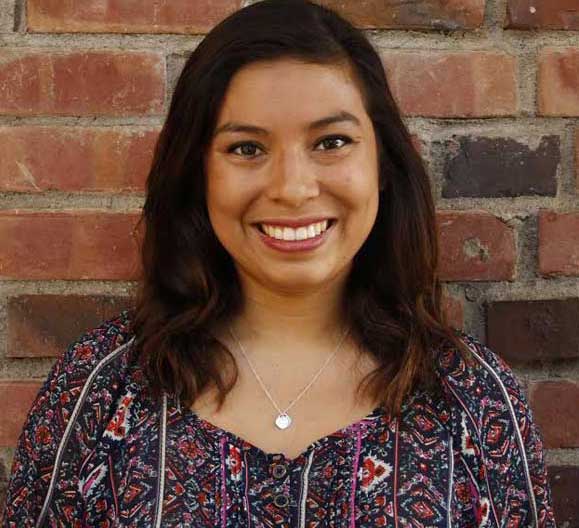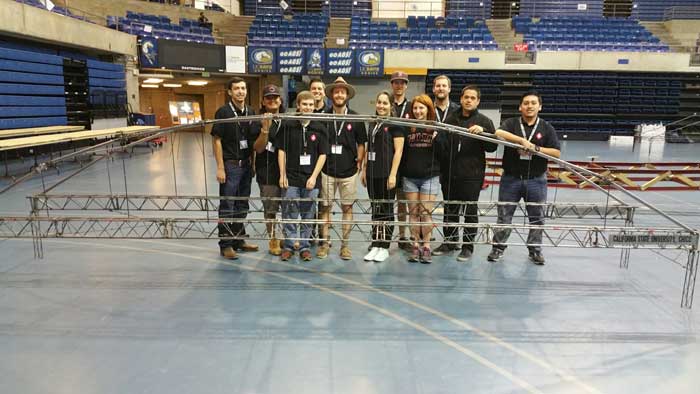Published 2010-11-01T20:11:00Z”/>
Looking backAmanda Jacobs
<strong>THEN</strong>
“Chico State students… get wired with caffeine” Nov. 12, 1986
Since 1986, coffee has been as essential to Chico State students as the textbook.
At a time when there was controversy on the health risks of caffeine, students were purchasing 3,300 cups of coffee a week from the Bell Memorial Union Garden Cafe. However, students weren’t the only ones buying coffee.
The U.S. coffee import sales totaled $6 billion in 1985. It was estimated that more than half of all adults were drinking an average of three and a half cups each day.
Chico State students were no exception to the growing industry, said Greg Hargis, former Bell Memorial Garden Cafe operations manager. Caffeinated beverages were being purchased 10 to one.
Coffee sales increased during cold weather and finals week, he said.
Caffeine can rouse the sleepy, speed reaction time, increase alertness and improve concentration, said Sandra Mitchell, former Chico State nutrition and foods professor. It can also cause insomnia, frequent urination, nervousness and irritability.
When most experts thought caffeine had positive side effects, others thought it was linked to ulcers, kidney disease, hyperactivity and problems during pregnancy.
“Coffee Wars” began around 1975 when studies began to suggest that it might cause a variety of aliments.
In 1984, during the Olympic Games, the International Olympic Committee added caffeine to its list of banned substances.
Coffee, when consumed in moderate amounts – no more than one to two cups a day – is not hazardous to students, said Alayne Ronnenberg, former Chico State nutrition lecturer.
<strong>NOW</strong>
Chico State students are still looking for their caffeine fix to get them through the day, and since 1986, it’s only become easier to find.
With four places to buy coffee on campus, students are purchasing more than 4,500 cups of coffee a week, said Corinne Knapp, dining services operations manager. That’s a 1,200-cup difference from 1986.
“There is a noticeable increase in the sales of coffee drinks when it gets colder,” she said. “This jump is most apparent at the coffee shops Common Grounds and Creekside Cafe. The first rain of the season is sure to make the coffee shops very busy.”
Coffee sales in the U.S. totaled about $18 billion for the 2009 calendar year, according to e-importz.com. That’s a $12 billion increase in 25 years. The average of three and a half cups of coffee per day for an American coffee drinker has remained the same.
However, the health risks and views of caffeine have changed from 1986.
In 2004, the World Anti-Doping Agency removed caffeine from its list of banned substances for Olympic athletes, according to talkaboutcoffee.com. They are no longer tested or penalized for using caffeine during the games.
Studies about caffeine from 1986 contrast with those from 2010, which show no health risks from using caffeine, said Deb McCafferty, lecturer in clinical nutrition.
“Coffee is a completely healthy part of a normal diet and it’s perfectly healthy unless you have high blood pressure or overdoing it during pregnancy,” she said.
In general, there is nothing wrong with drinking coffee, McCafferty said.
<em>- Compiled by Amanda Jacobs</em>
